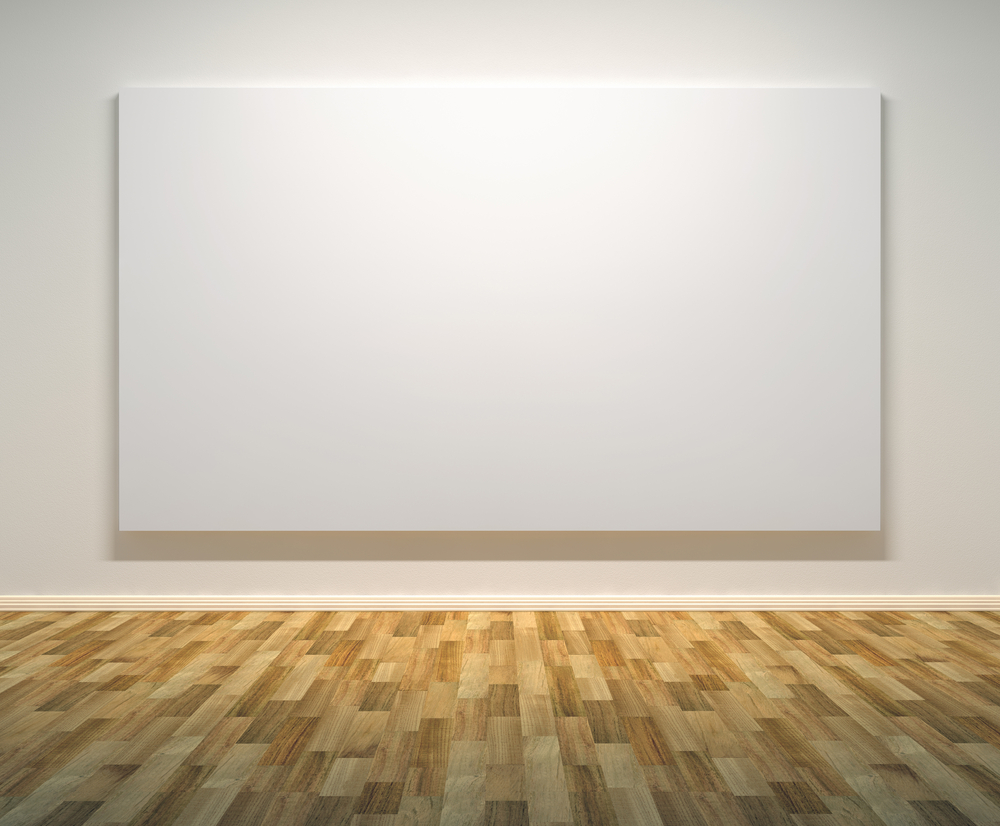Knowledge, Information and Experience
Historically made from tightly woven hemp—the word canvas comes from the Latin cannabis—it came into common usage in the 16th century during the Italian Renaissance. Venetian painters were especially keen on utilizing canvas because it was easier for them to use in a humid environment than frescos (which dried poorly in the lagoon) or wood panels (which absorbed moisture and warped). They also had a large, cheap supply readily available—given that the material was also used to make sails and the Venetians were known for their naval fleet.
There are several other advantages of canvas that made them slowly replace wood panels. One important fact of the material that holds true today is that canvas allows for larger formats with easy portability, as they are lightweight and can be rolled. They are also less prone to the warping and cracking that can occur with wood panels.
Prior to the Renaissance, fine artists painted primarily on wood panels. While these were an acceptable and easy to obtain medium, they posed a few problems; if you know anything about wood, you know that it is highly susceptible to rotting and deterioration. A better surface was definitely in demand, and this is when canvas as a painting medium started to come into fashion.
Artists since the 15th Century knew that canvas stretched across a sturdy wooden frame and primed with gesso (a white paint binder) was an ideal surface upon which to paint. It was versatile, as the fabric could be made of hemp, flax, or cotton, and it was a much more durable material than wood because it could tolerate the presence of moisture over the time, especially in the humid Renaissance cities of Venice (Damp climate of water city of Venice, wooden panel tended to deteriorate) and others along the Mediterranean. Once Renaissance painters picked up on this in the 16th Century, canvas quickly became the most popular medium for oil paintings, and later, for acrylic as light weight, easy to transport, flexible & easy to rolled.
Then created dynamic looks in room & transformed into one of kind gallery wrapped canvas , large canvas print for home decoration.
After 19th century it become very famous object in Fashion like shoes, bags as well as in grocery for carrying material.
Life is a great big canvas; throw all the paint you can at it.











